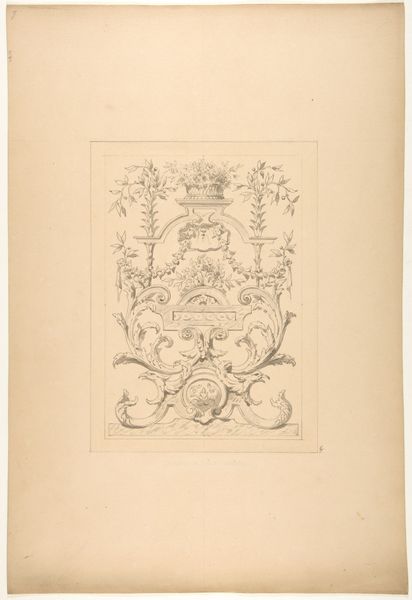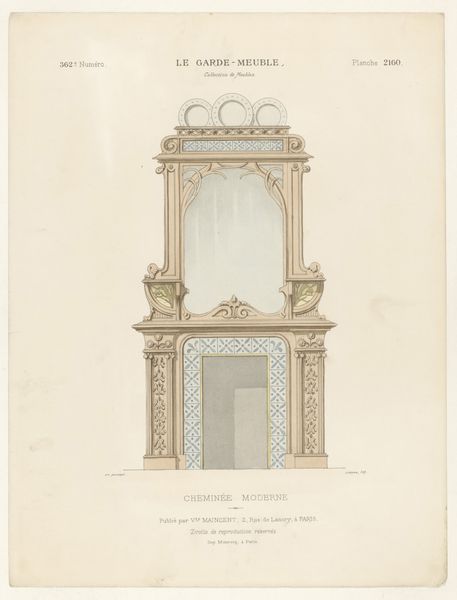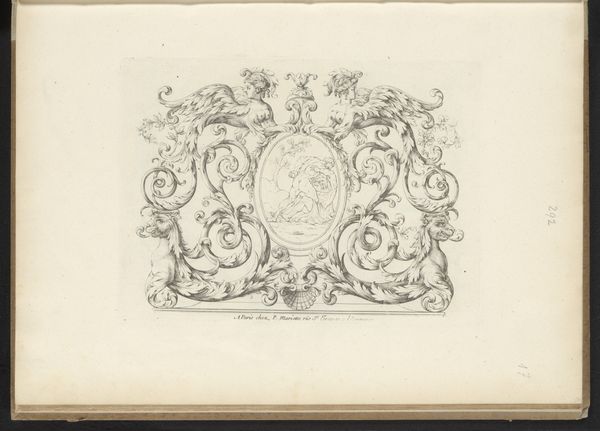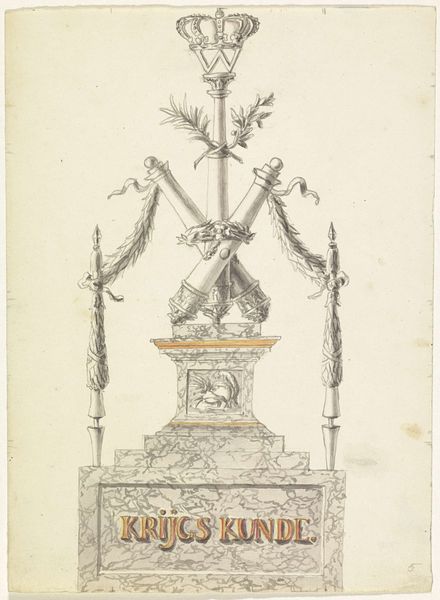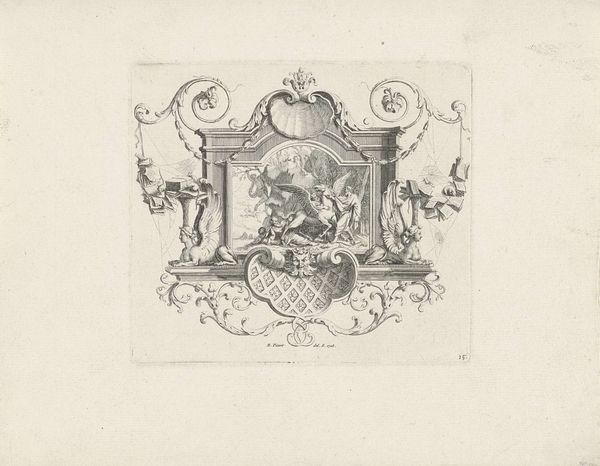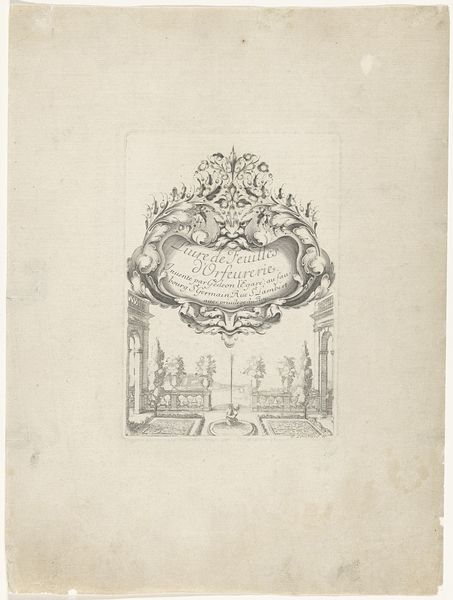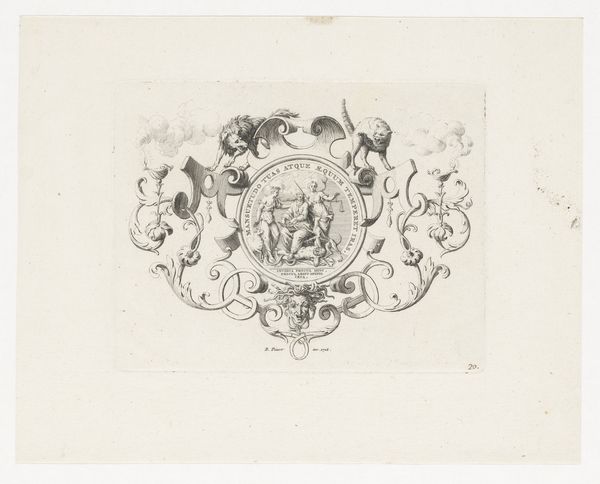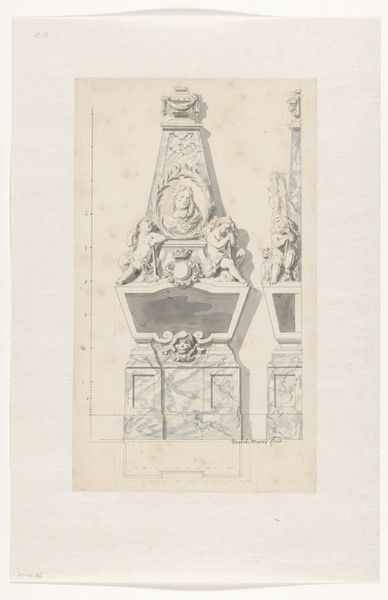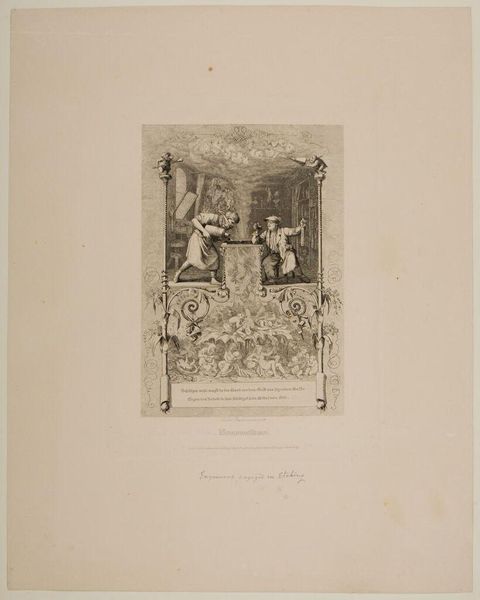
Elevation of a Pulpit, Front View, R. Edmundson & Sons 1815 - 1840
0:00
0:00
drawing, print, watercolor, pencil, pen, architecture
#
drawing
# print
#
watercolor
#
romanticism
#
pencil
#
pen
#
history-painting
#
academic-art
#
watercolor
#
architecture
Dimensions: sheet: 9 1/2 x 11 13/16 in. (24.2 x 30 cm)
Copyright: Public Domain
Editor: This is "Elevation of a Pulpit, Front View" by R. Edmundson & Sons, dating from 1815 to 1840. It's a watercolor, pencil, pen and ink drawing and print. I'm struck by the detailed ornamentation. What do you see in this piece, particularly regarding its construction and social purpose? Curator: As a materialist, I find myself focusing on the actual making of this pulpit. Think about the labor involved. The drawing meticulously details the materials required: the wood, the velvet cushion, even the tassels. It invites us to consider the skill needed to transform raw materials into this ornate object. Editor: So you're seeing it less as a religious symbol and more as a product of its time and the labor involved? Curator: Exactly! This isn't just about religious experience, it’s about social hierarchies solidified through material objects. Who commissioned this? What did the artisans get paid? How does the opulence of the pulpit relate to the congregation’s social standing? These questions become central. We have to see beyond its mere functionality, the intended religious communication. Editor: That makes me consider the division of labor in creating such a piece, the unseen hands shaping religious ideology. Do you think the print aspect had some function? Curator: Absolutely. It could have been a way to showcase the designs for potential buyers. The "Elevation" suggests a technical drawing, maybe even part of a catalogue. This print serves not only artistic expression, but advertisement, trade, and access to materials and resources. Editor: It’s fascinating to think about how something that seems so fixed and permanent was actually a product of specific labor practices and economic forces. Curator: Precisely! It encourages us to critically examine the material conditions that make artistic expression possible. Editor: Thanks, this gives a whole new appreciation to something that seemed like just another pretty drawing.
Comments
No comments
Be the first to comment and join the conversation on the ultimate creative platform.


